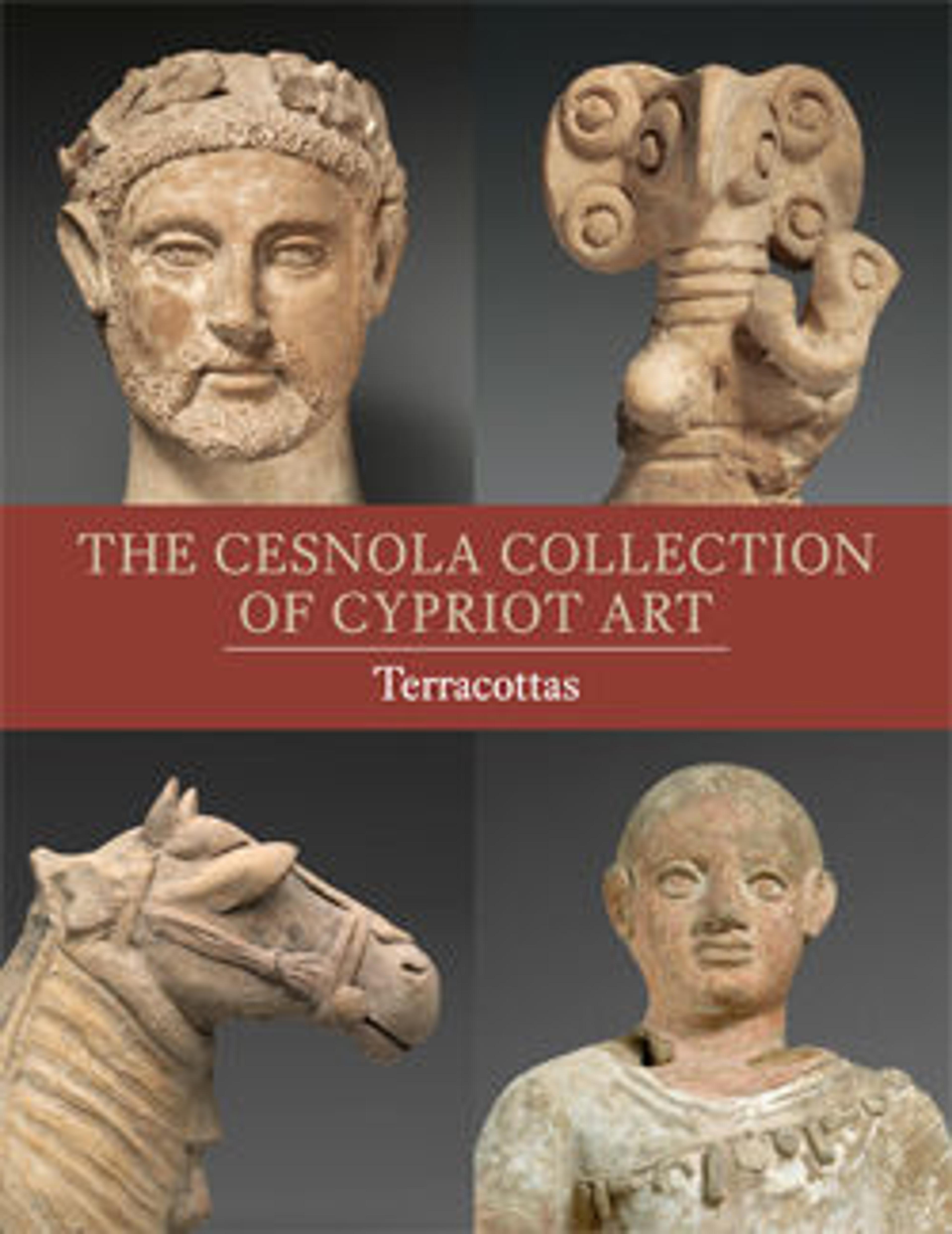Terracotta statuette of a "temple boy"
Votive "temple boy" figures are more common in limestone, and small terracotta such as this are relatively rare. Various interpretations have been put on the purpose of the figures, but it seems likely that they were placed in temples to mark a rite of passage in the boy's life and secure for him divine protection. But, whatever the meaning of the figures, it is clear that they represent a Cypriot custom that drives not form the Greek world but form that of the Near East.
Artwork Details
- Title: Terracotta statuette of a "temple boy"
- Period: Early Hellenistic
- Date: 3rd century BCE
- Culture: Cypriot
- Medium: Terracotta; mold-made
- Dimensions: H. 4 3/4 in. (12.1 cm)
- Classification: Terracottas
- Credit Line: The Cesnola Collection, Purchased by subscription, 1874–76
- Object Number: 74.51.1607
- Curatorial Department: Greek and Roman Art
More Artwork
Research Resources
The Met provides unparalleled resources for research and welcomes an international community of students and scholars. The Met's Open Access API is where creators and researchers can connect to the The Met collection. Open Access data and public domain images are available for unrestricted commercial and noncommercial use without permission or fee.
To request images under copyright and other restrictions, please use this Image Request form.
Feedback
We continue to research and examine historical and cultural context for objects in The Met collection. If you have comments or questions about this object record, please contact us using the form below. The Museum looks forward to receiving your comments.
